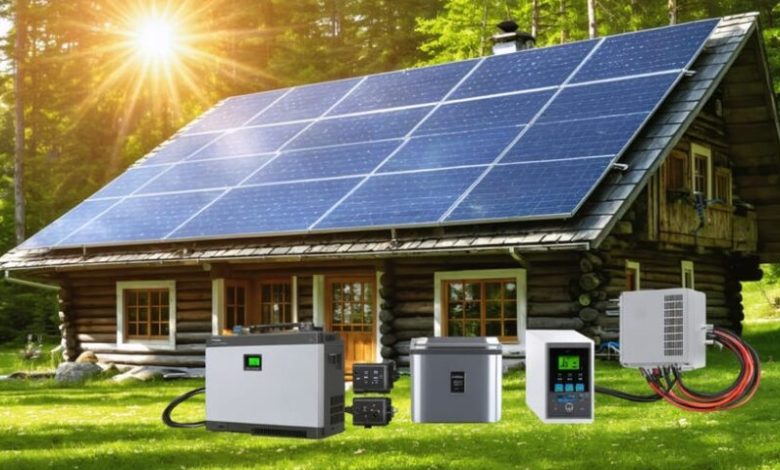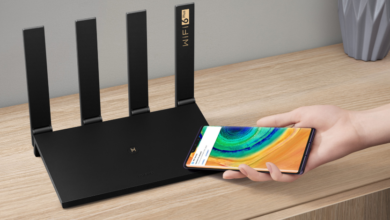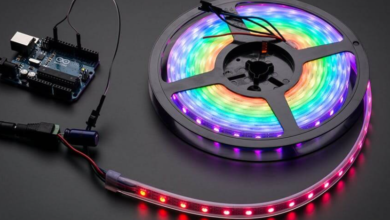Is a 250-Watt Photovoltaic Solar Panel Suitable for Off-Grid Systems?

Off-grid solar systems offer energy independence in remote areas without reliable utility service. But when designing such a system, one of the first questions is whether smaller modules, like a 250-watt photovoltaic panel, are appropriate for off-grid use. In this article, we’ll examine what off-grid energy demands look like, how to assess module sizing, and whether 250W panels can work well in remote systems.
We’ll also explore how they compare with larger modules and what configurations make sense in practical off-grid installations.
Understanding Off-Grid System Requirements
An off-grid solar energy system rarely relies on a single module. Instead, you need a combination of:
- Energy demand estimation (daily consumption in watt-hours)
- Battery storage to supply overnight or cloudy periods
- Charge controller/inverter sizing
- System losses and inefficiencies
When all elements are integrated properly, even smaller panels can contribute meaningfully to the system.
What a 250W Photovoltaic Panel Delivers
A 250W panel operating under ideal conditions (peak sun) may generate:
- ~250 watts × 5 peak sun hours = 1,250 Wh (1.25 kWh) per day
- Over a month: ~37.5 kWh
Of course, real-world factors, temperature, shading, and losses reduce that figure. Still, that output can significantly supplement or partly power smaller off-grid setups.
For reference, a photovoltaic panel of higher capacity, say 650W–700W, will generate more per module and might reduce the total number of modules needed. But 250W panels can be a stepping stone or a building block in modular systems.
Advantages of 250W Panels in Off-Grid Use
- Modularity & Scalability
You can build your off-grid array by combining multiple 250W modules. If you want to expand later, adding another identical unit is simple. - Ease of Handling
Smaller panels are lighter and easier to mount, especially in remote or difficult terrain. - Redundancy
If one panel fails, the rest still function. With fewer ultra-large modules, the risk per module is more distributed. - Flexibility in Layout
More options for orientation, shading avoidance, and mounting.
See also: Advancements in china oil purifier Technology
Drawbacks and Limitations
- More Modules Needed
To reach high system capacity, you’ll need many 250W modules. That increases wiring, mounting hardware, and balance-of-system complexity. - Higher Wiring Losses
Because smaller panels tend to produce higher current for a given power, voltage drop over long wire runs can be a concern. Proper wire sizing is critical. - Higher Labor & Installation Complexity
More physical panels mean more mounting points, wiring connections, and potential points of failure. - Space & Footprint
More modules may require more roof or ground area, depending on spacing, tilt, and orientation.
Sizing an Off-Grid System Using 250W Panels
Let’s walk through a simplified sizing example:
Step 1: Estimate Daily Use
Suppose your off-grid cabin consumes:
- Lights, appliances, devices = 1,500 Wh/day
Step 2: Factor System Losses
Losses (inverter, wiring, temperature) may reduce usable energy by ~20%. So you need:
Required generation = 1,500 / 0.80 = 1,875 Wh/day
Step 3: Determine Number of Panels
Daily output per 250W module ~1,000–1,250 Wh (depending on location).
Assume average = 1,100 Wh/day →
Panels needed = 1,875 / 1,100 ≈ 1.7 → round up to 2 panels (2 × 250W = 500W total)
Step 4: Battery Storage Sizing
If you want 2 days of autonomy:
Daily demand 1.5 kWh × 2 = 3 kWh
With a battery (e.g., 48 V system), that’s ~62.5 Ah at 48V (3,000/48).
Allow margin and inefficiencies.
Step 5: Controller & Inverter
Choose a charge controller that can handle ~500W input (plus margins). Choose an inverter matching your load (e.g., 1,000W continuous) with surge capacity.
Through this example, we see that 250W modules can suffice for modest off-grid systems, especially in areas of good solar irradiance.
When 250W Panels May Not Be Ideal
- High Loads or Large Homes: You’ll need dozens of modules, making it impractical.
- Very Remote Sites with Long Wiring Runs: Voltage drop becomes a serious issue.
- Space-Constrained Installations: If roof or ground space is limited, larger modules may be a more efficient use of area.
- High System Efficiency Goals: To minimize losses and wiring costs, fewer, larger modules often outperform many small ones.
Compared to Higher-Capacity Modules
Larger modules (e.g., 650–700W) reduce the number of modules needed, simplify wiring, and may lower installation costs. But they bring their own drawbacks: weight, handling challenges, and less flexibility in layout.
If you begin with modest demand, starting with small modules can let you scale gradually. But for systems that demand high output from the start, investing in higher-capacity modules may be more cost-effective in the long run.
Best Practices When Using 250W Panels
- Use a higher system voltage (24V or 48V) to reduce current and minimize voltage drop.
- Use proper wire sizing and minimize cable length to reduce losses.
- Implement MPPT (maximum power point tracking) charge controllers to optimize panel output.
- Design mounting to avoid shading and to allow airflow (thermal efficiency matters).
- Plan for future expansion by having spare capacity in mount racks and conduit.
Off-Grid System Example with a Solar Panel Container
For more portable or containerized off-grid setups, solar modules often come packaged with an integrated battery, inverter, and controls. A solar container system can house all components, reduce wiring distances, and shield electronics. It’s possible to pair your 250W modules with such modular systems to increase flexibility and mobility.
When setting up a robust off-grid solar energy system, combining panel modularity with containerized solutions can simplify deployment and maintenance.
To Conclude
Is a 250W photovoltaic module suitable for off-grid systems? Yes, for modest load profiles, remote cabins, or phased systems, 250W panels can perform well. Their modular nature, ease of handling, and flexibility make them a viable choice when sized and configured properly.
However, for high-demand or large systems, fewer high-capacity modules may reduce complexity, wiring costs, and labor.
Whether you use multiple 250W modules or fewer larger ones, plan carefully. Proper system sizing, wiring design, voltage selection, and allowance for losses are essential. A well-designed off-grid system will allow you real energy independence, wherever you place it.




